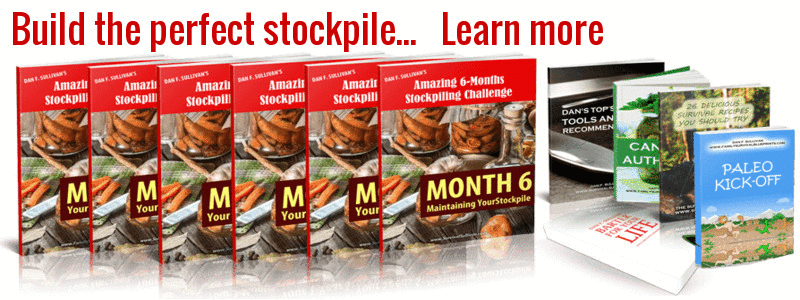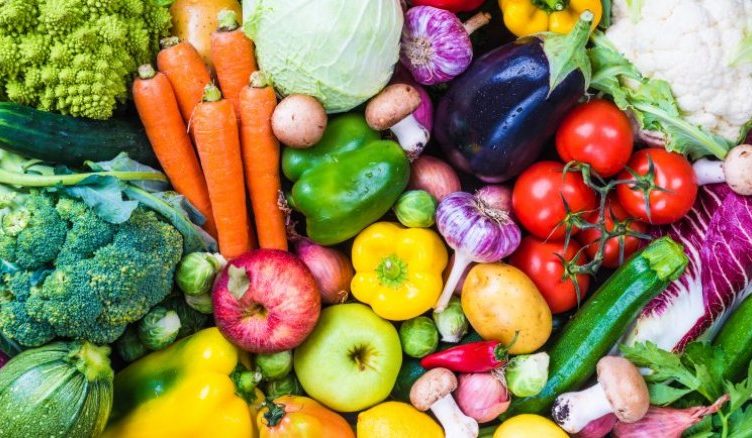Between 1990 and 2009, there were 363 outbreaks of food-borne illness linked to various leafy greens, including iceberg lettuce, romaine, and spinach, causing 13,568 cases of illness. This statistic comes from a study published in 2009 by the Center for Science in the Public Interest identifying the sources of outbreaks of food-borne illness.
Leafy greens are some of the most nutritious foods you can eat, especially dark green varieties such as spinach and kale. They contain an abundance of vitamins, antioxidants, and fiber. While the food we buy from the supermarket is, statistically speaking, very safe overall, there are ways you can reduce your risk even further.

Grow Your Own Greens
Leafy greens are some of the easiest vegetables to grow from seed. You can divide greens into two categories (although there is plenty of crossover…)
Cooking greens: These greens have thick, meaty leaves that are usually cooked before eating, and include amaranth, beet greens, bok choi, broccoli raab, chard, collards, dandelion greens, kale, mustard, sorrel, spinach, Swiss chard, and turnip greens.
Salad greens: These are the greens you eat fresh, without cooking. They include all the familiar lettuce types, including greenleaf, redleaf, romaine, butterhead, and iceberg. Also in this category are spinach and spinach substitutes, like Malabar spinach, as well as “gourmet” salad greens like arugula, escarole, mache, and radicchio. In addition, many of the cooking greens mentioned above are fine for fresh eating if they’re harvested while they are young and tender.
Mesclun mix is a combination of salad greens harvested when the leaves are still very small. The mix usually contains some spicy greens in addition to the milder leaf lettuces. In the supermarket produce section, mesclun often sells for $10 to $12 per pound or more, yet it’s one of the easies types of greens to grow in your garden from seed.
Other Easy Foods to Grow From Seed
Beans, cucumbers, peas, pumpkins, radishes, and squash round out the top easiest foods to grow from seed. Plant the seed from one packet of each of these and you’ll have enough nutritious—and safe—food to enjoy fresh, preserve, and give away by the armloads.
Grow Pesticide-Free
In addition to knowing your home-grown food is safe from food-borne contaminants, you also know what’s been sprayed on it. Most of the vegetables you buy at the supermarket have been treated with pesticides at some point during their growth, and many vegetables contain pesticide residues. When you grow your own food, you choose how to manage pests. In the home garden, many pests can be controlled by simply hosing them off daily!

source : Home Garden



